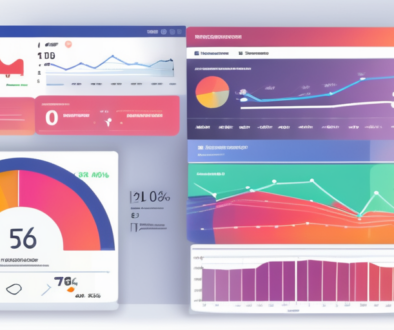Removing Google Adwords Ads Disallowed or Site Suspended Notices
When working in AdWords (especially for the first time or with a new website), there’s potential that your site and/or ads will not be approved on the first go. In order to keep their advertising quality up, Google is very particular about their ads and the sites that their ads point to. Some common warnings include “Disapproved”, “Approved (limited)”, or “Site Suspended”.
Having dealt with both disapproved ads and site suspended notices on various client projects, I wanted to make a note of some of the things that are and are not allowed in your ads and on the site. This list is based on Google’s published guidelines as well as my own personal experience and conversations with Google support.
Ad Checklist
- Ads with adult content, alcohol, tobacco, offensive content, hate content, legal, gambling, healthcare services, etc. are all “restricted” or banned completely. Investigate in detail here. <https://support.google.com/adwordspolicy/topic/1626336>
- Editorial and ad copy should:
- Avoid overly generic ads
- Gimmicky use of words, numbers and symbols
- Avoid copyrighted words – Sometimes these are sneaky. I worked with a client on an extension of MySQL (which is open source), but Google flagged the term “MySQL” as a copyrighted word.
Website Checklist:
- Must Work – This should go without saying, but the website must be working.
- URL – The landing page URL must match the one you display in AdWords. Meaning you can’t list the URL as analytive.wpengine.com and then redirect people to amazon.com.
- Domain – Don’t point ads to sites that are under construction or to parked domains.
- Browsers – Sites must be viewable on the average web browser. If you’re targeting mobile, site should be mobile friendly (c’mon though, your site should be mobile friendly by now anyway!)
- Back Button – You can’t disable the back button on the browser.
- About Us Page – You need to have an about us page with some meaningful content.
- Name of the Company – To be safe, it shouldn’t be just the logo, but should actually be listed in text at the bottom of the page.
- Product disclaimer – If you offer a product or service that promotes results, I’ve been told by Google support you need a disclaimer on your landing page. Ours looks something like this: “Disclaimer: Although we strive to get the best results possible for clients, due to the nature of marketing, we cannot guarantee results from digital marketing efforts.”
- Contact Us Page – You need a contact us page with email, phone number, and address of the business.
- Contact Forms – Tell the user what happens if they submit the contact form (are they getting a newsletter? A follow up for a sales rep?). Example: “Fill out the form below and one of our sales staff will contact you within 24 hours.”
- Email and Phone number – In addition to having this info on your contact us page, they *encourage* you to have it on your landing pages as well. We add it in the footer.
- Avoid Extreme Language – Related to the disclaimer mentioned above, avoid claims of “Best” or “World’s Most Awesome” or any exaggerated or unsubstantiated claims. Also avoid using tons of exclamation marks or all caps when possible.
- Privacy Policy – If you don’t have a privacy policy, be sure to get one and post a link to it on your site. The footer should be fine. There are some free generators online.
- Website Content – This is really subjective, but I’ve had several sites where I was told we needed to add more detail to the website. If we had 100-200 words on the main page, we needed to add more. Precisely what to add and what constitutes “enough” is determined by the site reviewer. If in doubt, just add more useful content. Think of it like a thin content warning in SEO. If you site is too thin, you won’t rank high. If you site is too thin when you do AdWords, you may get denied.
I can’t guarantee this is a complete list, and some of the things listed are not even included in Google’s official ToS and Ad requirements, but this is based on personal experience with several Google AdWord accounts. If there’s something missing from the list, please reach out to us or leave it in a comment. We’d be happy to add it.
Hopefully this will help you navigate the challenges of Google AdWords. Some sites have no problems, but if you do get a warning, it can be frustrating to understand to fix it. I hope this helps.
To get in touch with the AdWords team, check out their Contact Us page.


